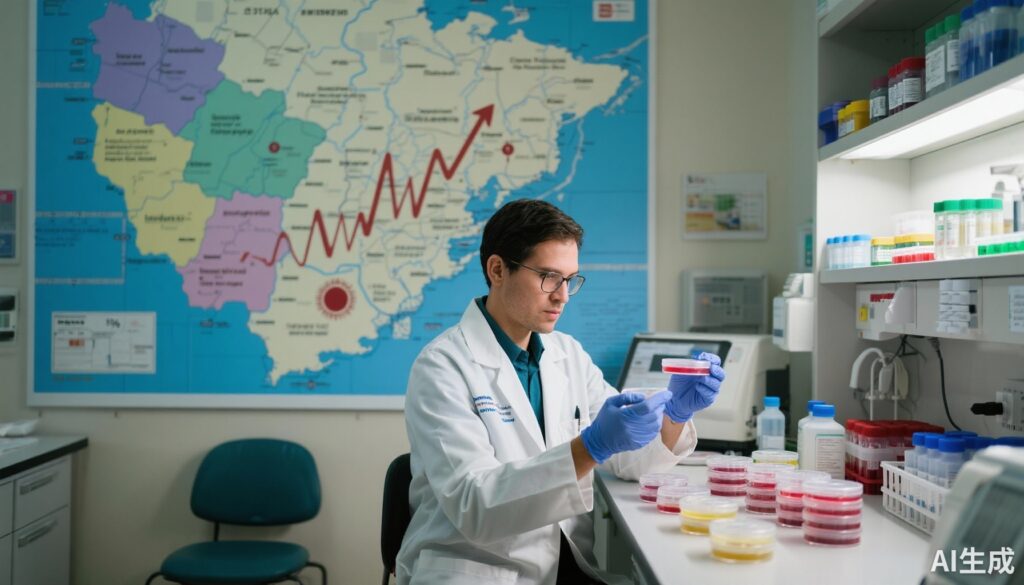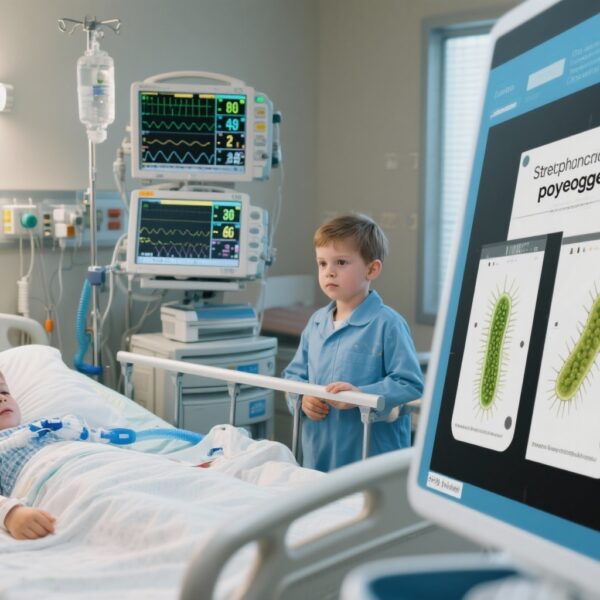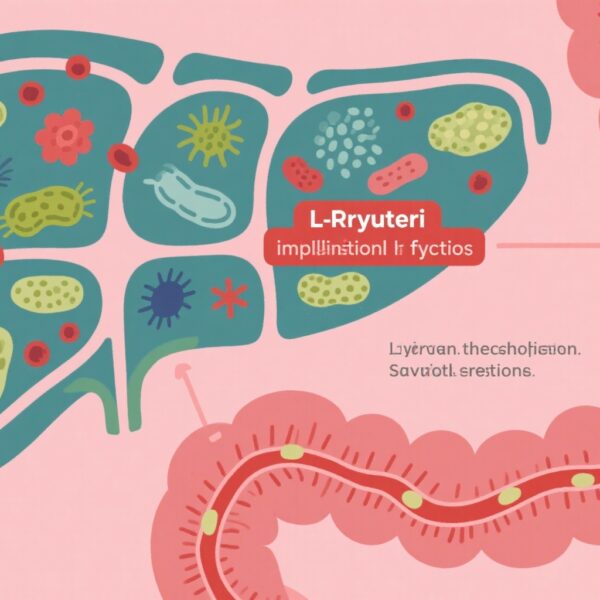Study Background
Group A Streptococcus (GAS), or Streptococcus pyogenes, is a significant human pathogen causing a spectrum of diseases from superficial infections to invasive life-threatening illnesses such as streptococcal toxic shock syndrome (STSS) and necrotizing fasciitis. Pediatric populations are particularly vulnerable to invasive GAS (iGAS) infections, which have been associated with notable morbidity and mortality worldwide. During the COVID-19 pandemic, social distancing measures and reduced respiratory transmission likely impacted the epidemiology of many infectious diseases. Post-pandemic alterations in GAS infection patterns have been reported globally, raising concerns about a resurgence of iGAS cases and more severe disease presentations, which demand closer epidemiological scrutiny and healthcare preparedness.
Study Design and Methods
This nationwide multi-center observational study was conducted in Spain under the coordination of the Spanish PedGAS-net network, encompassing children aged 16 years or younger with laboratory-confirmed invasive group A streptococcal infections. The study included cases from January 2019 to July 2023, divided into two periods: P1, the pre-outbreak baseline period (January 2019 to September 2022), and P2, the outbreak period marked by increased cases post-pandemic (October 2022 to July 2023).
Clinical data were collected prospectively, including demographic details, clinical syndromes, need for pediatric intensive care unit (PICU) admission, and outcomes. Microbiological characterization involved emm typing of available bacterial isolates, antibiotic susceptibilities, and whole genome sequencing to identify strain variations. Statistical analysis, including multivariate logistic regression, was performed to ascertain risk factors associated with severe disease manifested by PICU admission and mortality.
Key Findings
The study analyzed 558 cases, with a slight male predominance (55.1%) and a median age of approximately 44 months. A dramatic increase in monthly incidence was observed in the outbreak period (P2: 35.7 cases/month) compared to the pre-outbreak period (P1: 4.5 cases/month), indicating a nearly eightfold surge (P < 0.001). Correspondingly, severity increased notably, with PICU admissions rising from 30.8% in P1 to 51.3% in P2 (P < 0.001).
Pneumonia was the leading clinical manifestation (32.3%), frequently complicated by pleural effusion in over half of the pneumonia cases (58.3%). Other invasive presentations included STSS, necrotizing fasciitis, sepsis, and infections involving the central nervous system.
Emm typing was conducted on 130 isolates, revealing predominance of emm1 (56.1%) and emm12 (27.1%) genotypes. Notably, emm1 strains, especially the M1UK variant, were significantly associated with increased risk for PICU admission, implicating strain virulence factors in disease severity.
Independent risk factors identified for PICU admission on multivariate analysis included the presence of STSS, pneumonia, necrotizing fasciitis, acute kidney injury, and prior healthcare consultations before diagnosis. Mortality occurred in 11 children (2.0%), with STSS, sepsis, and central nervous system infections strongly linked to fatal outcomes.
Expert Commentary
The observed post-pandemic surge in invasive GAS infections likely reflects a combination of factors including waning community immunity due to reduced pathogen exposure during COVID-19 restrictions, possible changes in circulating GAS strains, and altered healthcare-seeking behaviors. The predominance of emm1 and particularly the hypervirulent M1UK sublineage aligns with previous reports associating this strain with increased invasiveness and toxin production.
These findings underscore the critical need for enhanced surveillance systems to detect epidemiological shifts and emerging strains promptly. Clinicians should maintain a high index of suspicion for iGAS in children presenting with febrile illnesses and respiratory symptoms, especially pneumonia with pleural effusion, given the potential for rapid clinical deterioration. Early recognition and aggressive management, including appropriate antibiotic therapy and supportive care, are essential for improving outcomes.
Limitations of the study include potential underreporting of cases, limited emm typing for all isolates, and the observational design precluding causal inference. However, the large multicenter sample and robust clinical-microbiological integration lend strong validity to the conclusions.
Conclusion
This Spanish multicenter study documents a marked rise in pediatric invasive group A streptococcal infections and disease severity following the COVID-19 pandemic, with emm1/M1UK strains playing a pivotal role in increased clinical risk. It highlights the imperative of continuous epidemiologic vigilance, timely microbiological characterization, and preparedness to manage severe iGAS cases in pediatric care settings. Further research to elucidate mechanistic drivers and optimize prevention strategies, including potential vaccine development, is warranted to address this resurging public health threat.
References
Cobo-Vázquez E, Aguilera-Alonso D, Grandioso-Vas D, et al; on behalf PedGAS-net Working Group. Sharp increase in the incidence and severity of invasive Streptococcus pyogenes infections in children after the COVID-19 pandemic (2019-2023): A nationwide multicenter study. Int J Infect Dis. 2025 Oct;159:107982. doi: 10.1016/j.ijid.2025.107982. Epub 2025 Jul 16. PMID: 40681093.



